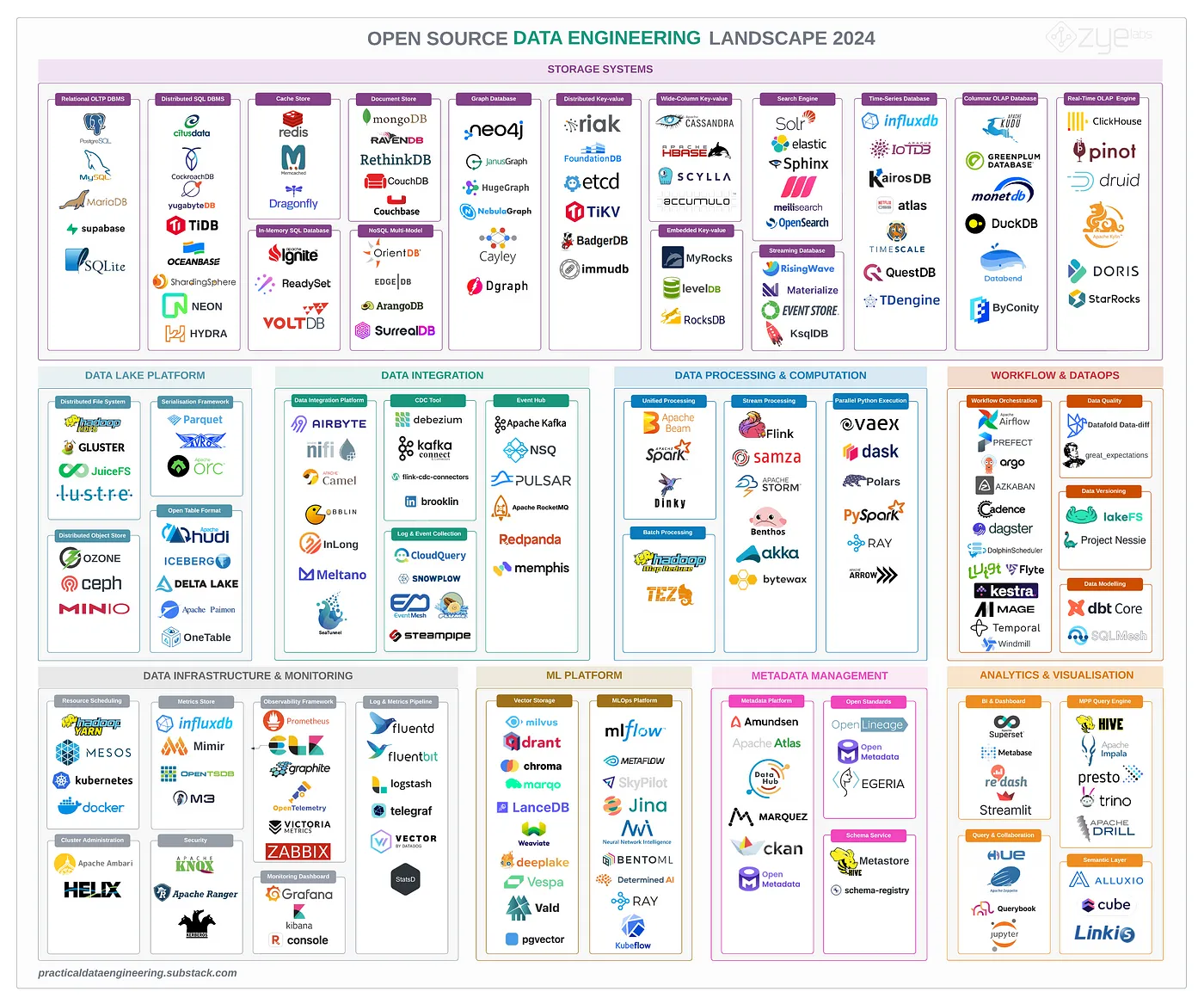In today’s data-driven world, enterprises are increasingly recognizing the importance of investing in data strategy and harnessing the power of data engineering. However, the path to success in this domain is often fraught with challenges and pitfalls, particularly when it comes to selecting the right tools, languages, frameworks, and platforms for your specific needs. In this comprehensive guide, we’ll delve into the intricacies of data engineering for enterprises, offering insights and recommendations to help you chart a course to success.
Assessing Your Needs and Goals
Before diving headfirst into the data engineering bandwagon, it’s essential to take a step back and assess your organization’s unique needs, maturity levels, and long-term business goals. Consider who the real end users of your business insights are – internal stakeholders or external partners? Do you require real-time updates or long-term trend analysis? Will you have a dedicated data science department, or are you primarily focused on generating business performance dashboards? These critical questions will inform your technology choices and ensure alignment with your overarching objectives.
Avoiding Blind Adoption of Trends

One common mistake I’ve observed in enterprises of all sizes is the blind adoption of trends set by larger companies. Just because a particular technology or framework works for one organization doesn’t guarantee its success in another. Resist the temptation to follow the herd and instead focus on solutions tailored to your unique challenges and requirements. Remember, it’s not about being trendy – it’s about solving real business problems effectively.
Choosing the Right Consultants
When seeking external expertise, be cautious of hiring independent consultants solely based on their familiarity with a specific programming language or data engineering framework. Instead, prioritize consultants who understand your company’s individual needs and can offer tailored recommendations based on a holistic understanding of your organization. Avoid inexperienced consultants who may bring biases and preferences from previous engagements, potentially leading to suboptimal technology choices.
Customizing Solutions for Your Organization
Every company is different, and their data engineering solutions should reflect this diversity. Avoid the trap of blindly applying technologies designed for handling petabytes of data to problems where gigabytes or terabytes suffice. For example, while Apache Spark with Scala may be suitable for some organizations, others may find that a Python-based solution with the pandas library better aligns with their data volumes, retrieval patterns, and engineering culture. Consider alternatives like DBT for overall data processing engine needs, especially if your team comprises SQL developers or ETL specialists rather than traditional software engineers.
Solving Real Business Problems
Above all, prioritize solving real business problems over chasing trends or appearing trendy. I’ve seen far too many instances where engineering leaders recommend technologies simply because they’re fashionable, rather than because they effectively address the organization’s needs. Remember, the goal of data engineering is to drive tangible business outcomes and deliver actionable insights – not just to keep up with the latest tech buzz.
Conclusion
Navigating the data engineering landscape requires careful consideration, strategic planning, and a keen understanding of your organization’s unique needs and goals. By avoiding blind adoption of trends, choosing the right consultants, customizing solutions to fit your organization, and prioritizing real business problems, you can set your enterprise on a path to success in the data-driven world. Let’s move beyond the bandwagons and chart our own course to data engineering excellence.
